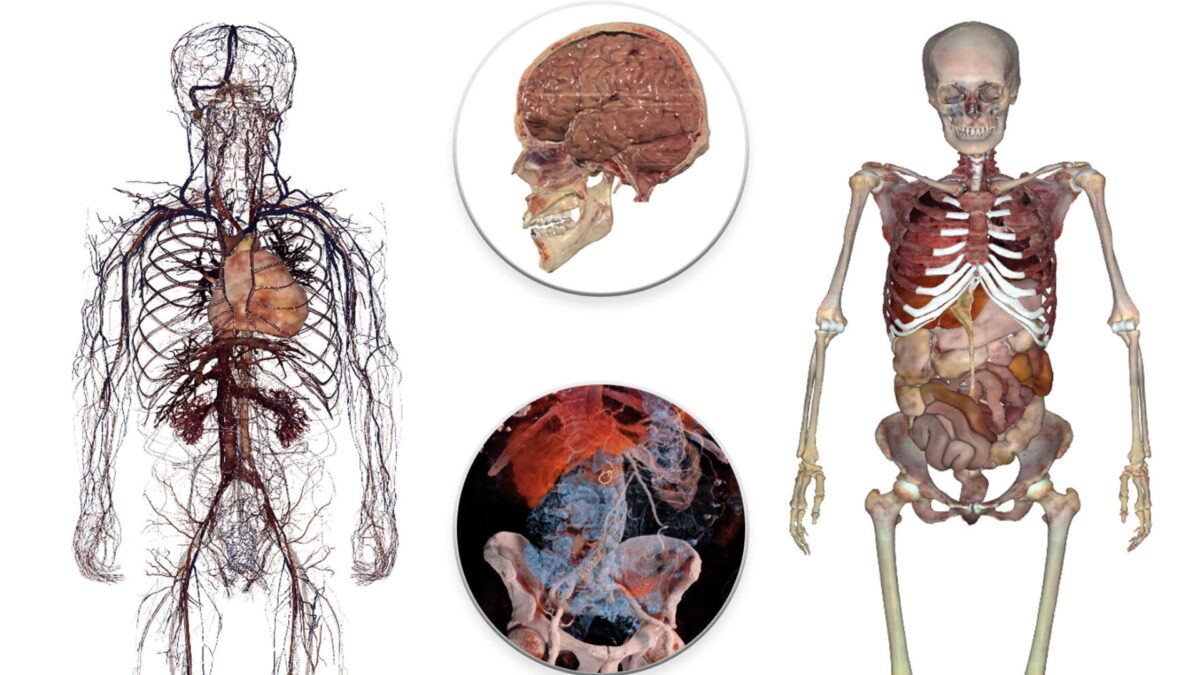In Anatomage you can dissect a real human body in VR

With the anatomy learning app Anatomage VR, you can travel through a real human body. Virtual reality enables entirely new perspectives.
The US company Anatomage specializes in the digital visualization of the human body. The anatomically correct 3D models show organs and vascular connections as well as a fully interconnected vascular, arterial and venous structure.
Until now, these highly detailed digital bodies were only shown on special medical displays. Now they are available as a VR app on the Meta Quest 2 for medical facilities. Real human cadavers served as models for this.
Anatomage VR offers the "most realistic virtual corpses"
Anyone viewing the body models in Anatomage VR is exploring a real human being who has made his or her body available to science. The user can fully inspect the 3D simulation, which has been traced down to the smallest detail.
Colors, size, and volume of the body match real-life models to create, as Anatomage describes it, a "lifelike dissection experience." In this way, the company aims to provide students with the "most realistic virtual corpses" available.
A virtual journey through the human body
The VR app puts users in a virtual classroom. There, they can interact with a female or male body and visualize more than 2,500 anatomical structures.
To ensure that no anatomical area is left out, there are also recorded anatomy shows and tools that guide the user through the urinary system, small and large intestines, stomach, neck, heart, and reproductive system.
An extensive database provides information on various diseases based on 300 real patient cases. It will also be possible to examine abnormal anatomy using virtual CT/MRI scans to learn how to recognize pathological findings.
VR is a useful tool in medicine
Virtual reality has been used in medical training for years. For example, VR training allows medical students to gain vivid experience in treating diseases without exposing themselves to the risk of infection. Even complicated surgical procedures can be safely practiced in VR headsets.
In addition to medical training, VR is also being used as an anesthetic and to treat chronic pain. Market researchers see VR and AR in medicine as a potential billion-dollar market and estimate growth of almost ten billion US dollars by 2027.
Note: Links to online stores in articles can be so-called affiliate links. If you buy through this link, MIXED receives a commission from the provider. For you the price does not change.